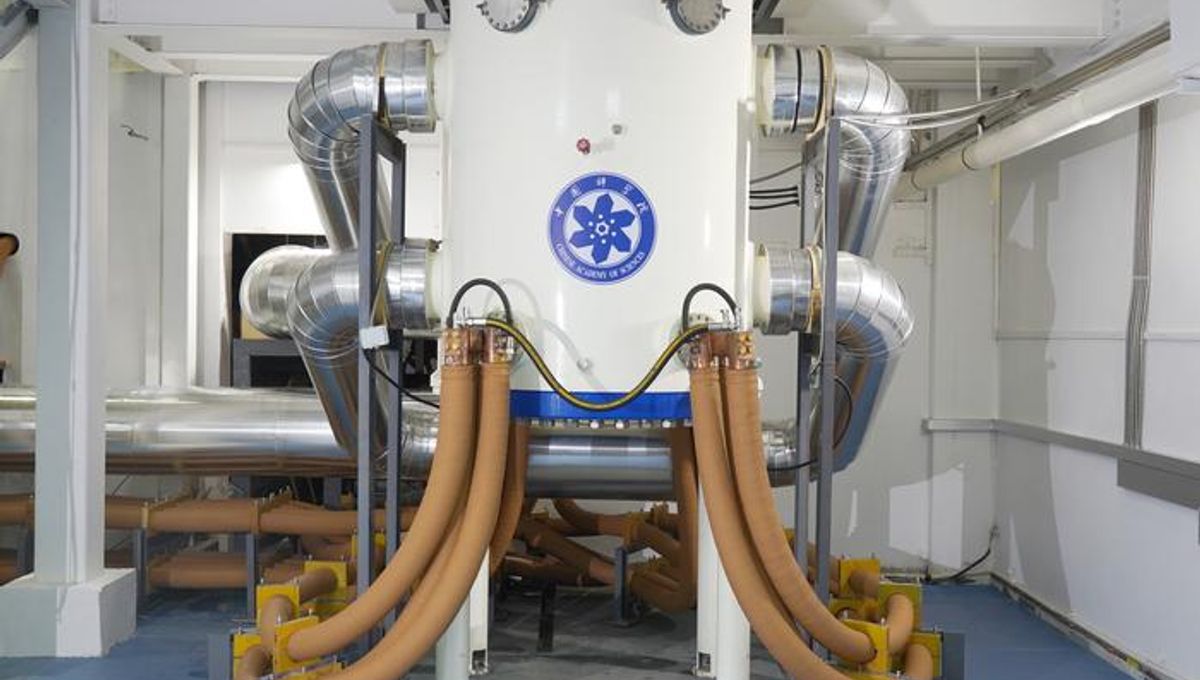
China has broken a record by creating the world’s most powerful resistive magnet, just surpassing the previous record set by the US.
The new magnet is capable of creating a magnetic field of 42.02 tesla, which is more than 800,000 times stronger than the Earth’s and beats the 41.4 tesla record set by the US National Magnetic Field Laboratory (NHMFL), Tallahassee, Florida, in 2017. This milestone represents a significant development that could benefit various future discoveries and improvements in technology and medicine.
The magnet, which is located at the High Magnetic Field Laboratory (CHMFL) at the Chinese Academy of Science’s Hefei Institutes of Physical Science, reached this incredible level on 22 September. The steady high magnetic field is a powerful experimental tool allowing scientists to manipulate the properties of matter and explore new phenomena and laws of matter.
There are three types of steady high magnets used across the world. These include resistive magnets, superconducting magnets, and a mix of the two, known as hybrid magnets. According to Kuang Guangli, the academic director of CHMFL, the differences between these magnets can be understood in terms of table tennis.
“Resistive magnets and superconducting magnets are both ‘singles masters’, while hybrid magnets are ‘mixed-doubles combinations’,” Kuang said in a statement.
Resistive magnets are an older and more widely used form of technology made of coiled metal wires. But while the hybrid magnet may be able to produce more powerful magnetic fields, they cannot sustain them as long as resistive magnets can. These traditional magnets are also more flexible than the other models and can be powered up more quickly, which offers more options for researchers.
Despite these benefits, resistive magnets produce more heat than hybrid or superconducting magnets (which produce less powerful magnetic fields), and they also cost more money to run and need to be kept cool.
In order to reach its record-breaking field generation, Nature states that the new magnet consumed 32.3 megawatts of electricity, which is roughly the equivalent of charging 538 Tesla Model 3 batteries (a capacity of just under 60 kWh) from empty to full within an hour.
Such high magnetic fields can also lead to new technologies like electromagnetic metallurgy and chemical reaction synthesis, and the use of nuclear magnetic resonance technology in medical science. One exciting area of research that is opened up by steady high magnetic fields is that of superconductors, materials that can carry electric currents without producing much heat and under low temperatures. These materials are vitally needed to create faster and stronger electronics.
The creation of this magnet is hoped to be just the start of a plethora of new research. According to the Chinese Academy of Sciences, the researchers plan to use the magnet to develop new electronic materials, explore the mechanisms and applications of high-temperature superconductivity, and study the pathology of diseases while also looking for new drugs.
Source Link: China's Record-Breaking Resistive Magnet Produces Field Over 800,000 Times Stronger Than Earth's